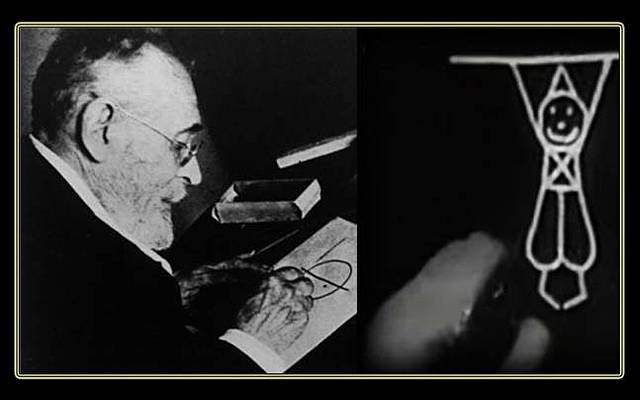
What was the first animated film? It was probably Emile Cohl’s Fantasmagorie, which premiered on August 17, 1908.
— Source: Variety

What was the first animated film? It was probably Emile Cohl’s Fantasmagorie, which premiered on August 17, 1908.
— Source: Variety

What was the highest grossing silent movie? It was King Vidor’s The Big Parade (1925) with a box-office gross of $22 million.
— Source: Guinness World Records
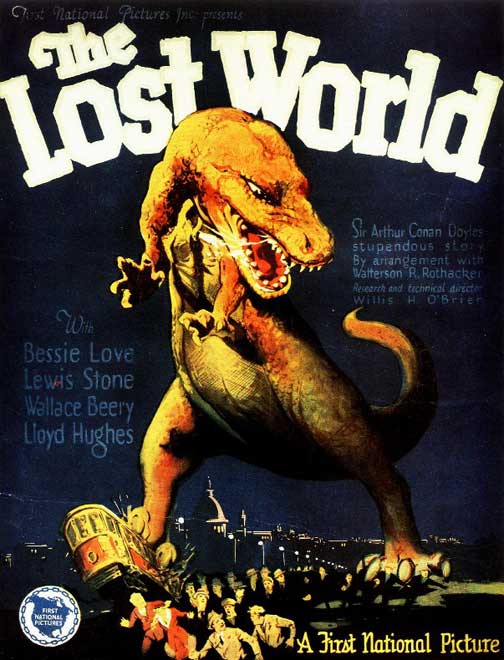
Poster for The Lost World (1925)
You may have read that King King (1933) was the first movie to use stop motion animation to create its creatures. That isn’t correct. The first one was the silent feature The Lost World (1925).
“While filming one of the stop-motion scenes, the cameraman spotted a pair of pliers in the picture. So as not to draw attention to them by having them suddenly disappear, he moved them a little at a time until they were out of the shot.”
–Source: Internet Movie Database

Stop-motion animation can be tedious and frustrating. For King Kong (1933), the animators constructed detailed miniatures and moved them slightly for each one or two frames of film. At 24 frames per second, that works out to 1,440 individual frames for each minute of onscreen time.
“The trees and plants in the background on the stop action animation sets were a combination of metal models and real plants. One day during filming, a flower on the miniature set bloomed without anyone noticing. The error in continuity was not noticed until the film was developed and shown. While Kong moved, a time-lapse photograph showed the flower coming into full bloom, and an entire day of animation was lost.”
— Source: Internet Movie Database
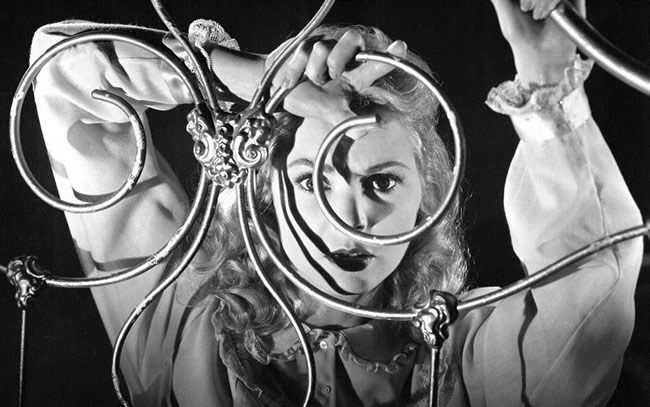
Production photo from Touch of Evil (1958)
Orson Welles became the director of Touch of Evil due to a misunderstanding.
“Charlton Heston agreed to appear in a Universal police melodrama, thinking that Welles had been signed to direct it, when actually he had only signed as an actor. The studio, undaunted by Welles’ pariah status in Hollywood, then asked him to direct, perhaps figuring that he couldn’t go too far out of bounds with the material he was given. He accepted with alacrity, and received no salary as writer or director. He never read the source novel, Whit Masterson’s Badge of Evil, but found the studio’s scenario ‘ridiculous,’ and demanded the right to write his own.”
— Source: Orson Welles by Joseph McBride

Sometimes you have to heighten cinematic reality in order to make it seem more natural. That’s what director Akira Kurosawa had to do during the production of Rashomon (1950).
“In the downpour scenes showing the Rashomon Gate, Kurosawa found that the rain in the background simply wouldn’t show up against the light gray backdrop. To solve this problem, the crew ended up tinting the rain by pouring black ink into the tank of the rain machine.”
— Source: Internet Movie Database
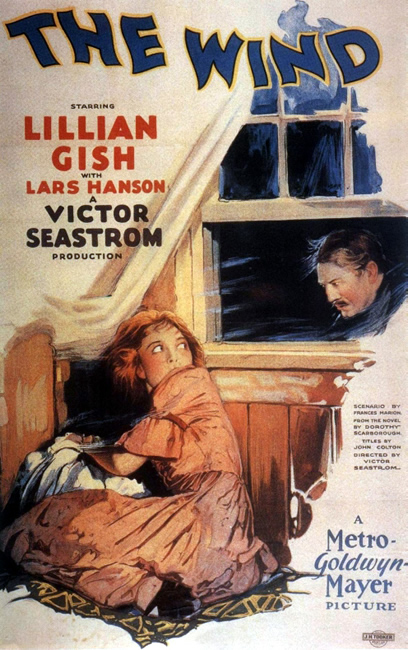
Poster for The Wind (1928)
One of the last great films of the silent era, The Wind (1928) was a difficult production. Filmed on location in the Mojave Desert, the dramatic wind effects were created from the propellers of eight aircraft.
“During filming, temperatures reached 120 degrees Fahrenheit, making life miserable for both cast and crew. The intense heat caused the film stock to warp, and it had to be packed in ice to remain intact. Lillian Gish touched an outside door handle, and was so severely burned that a small part of her palm’s flesh was scalded off.
“The airplane propellers blowing hot air, sand, and smoke were so dangerous that crewmembers were forced to wear long-sleeved clothing (in 120 degree weather), eye goggles, bandanas around their necks, and grease paint on their faces whenever the machines were being run.”
— Source: Internet Movie Database

Was Helen Kane the inspiration for Betty Boop’s voice? Yes, though it couldn’t be proved in court.
“In April 1934, Helen Kane, whose popularity had waned since her debut in 1929, filed suit against Max Fleischer, Fleischer Studios and Paramount Pictures for $250,000. She claimed that Betty Boop had stolen her fans. Max Fleischer gave testimony that Betty Boop was not based on Helen Kane (which was untrue since she was one of the main inspirations for Betty). Five of the women who had been the voice for Betty appeared in court to deny that they had attempted to imitate Helen Kane’s voice. The judge watched and compared several of the cartoons with some of Helen Kane’s films. There was testimony that the ‘Boop Oop a Doop’ phrase came long before Helen Kane’s popularity, as one witness claimed to have heard the phrase uttered in an Edith Griffith song. And on May 2nd, Paramount Pictures was able to locate a film clip of another singer, Baby Esther, who used the same phrase in a song in 1928, hence Helen Kane lost her lawsuit.”
— Source: funtrivia.com
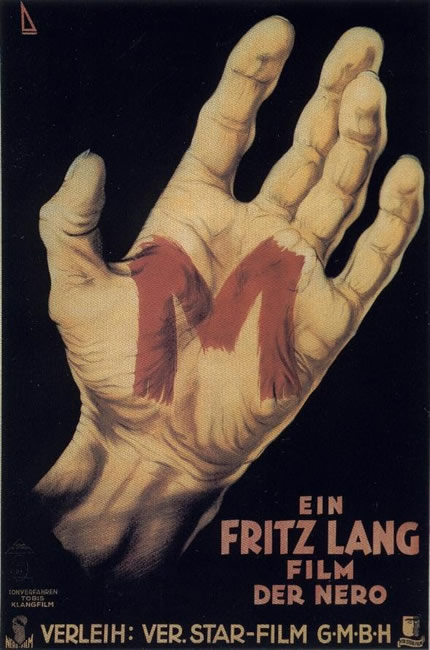
German poster for M (1931)
“Contrary to popular belief, Fritz Lang did not change the title from ‘The Murderers are Among Us’ to ‘M’ due to fear of persecution by the Nazis. He changed the title during filming, influenced by the scene where one of the criminals writes the letter on his hand. Lang thought ‘M’ was a more interesting title.'”
— Source: Internet Movie Database
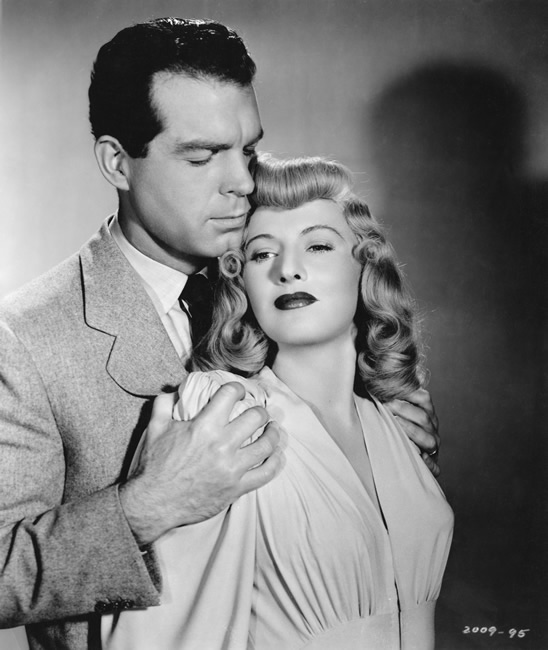
Double Indemnity (1944) was based on an actual murder case from 1927. Ruth Snyder took out a large insurance policy on her husband, and then killed him with the help of her boyfriend. The policy had an unusual double indemnity clause.
According to Wikipedia, “Judd Gray, the man on whom MacMurray’s Neff character was loosely based, said when he confessed, after killing Albert Snyder, ‘When I walked I listened for my step — no sound seemed to follow.’ Neff says, ‘I couldn’t hear my footsteps. It was the walk of a dead man.'”